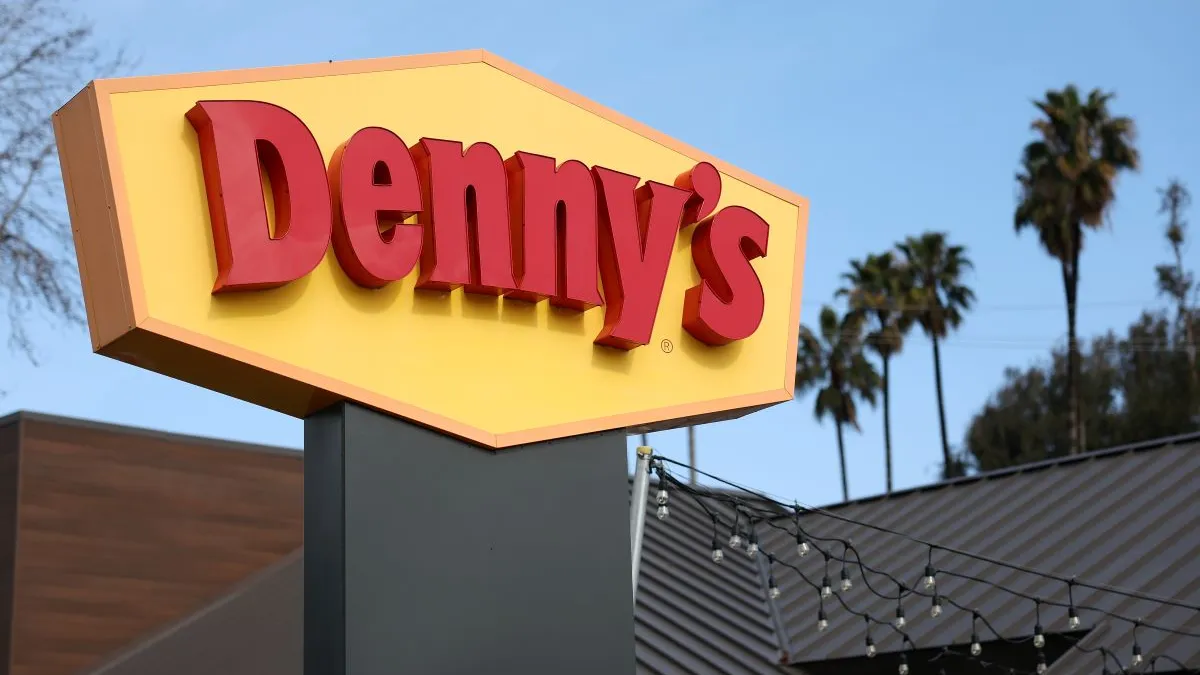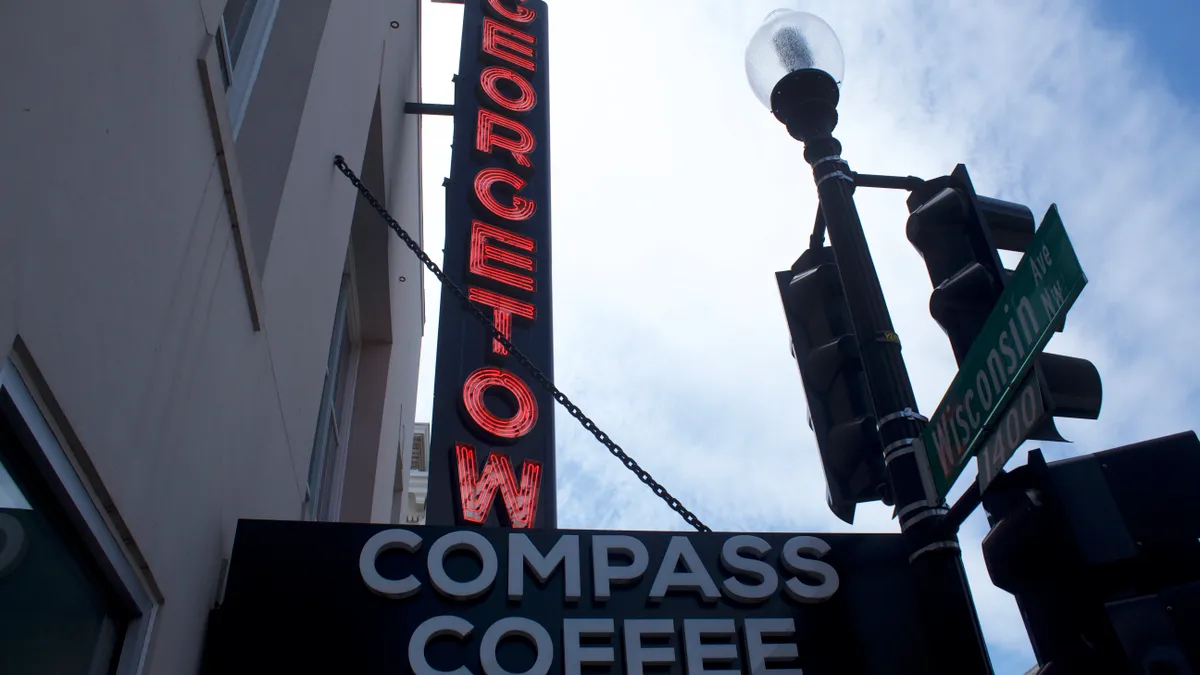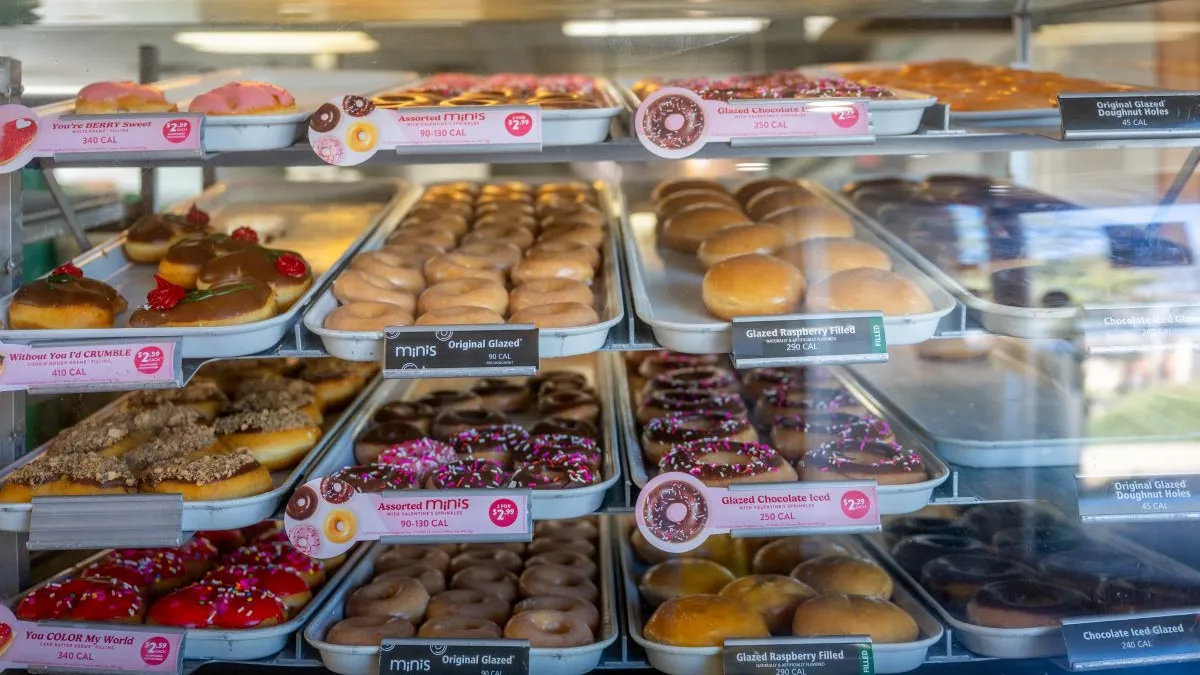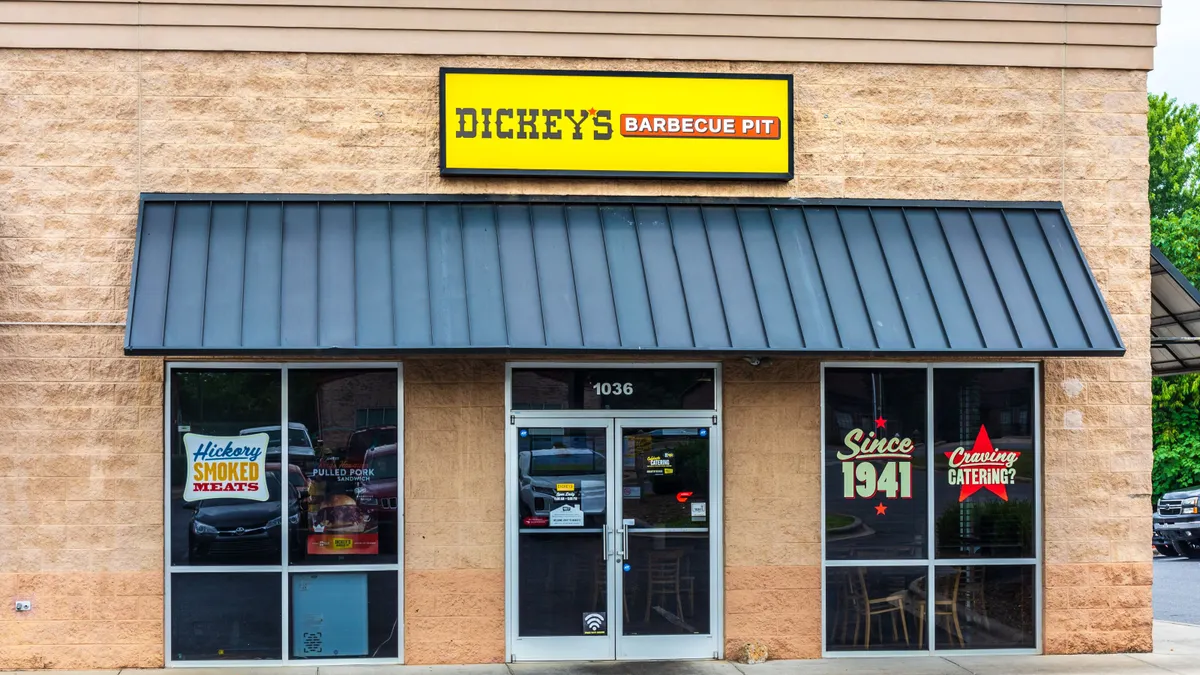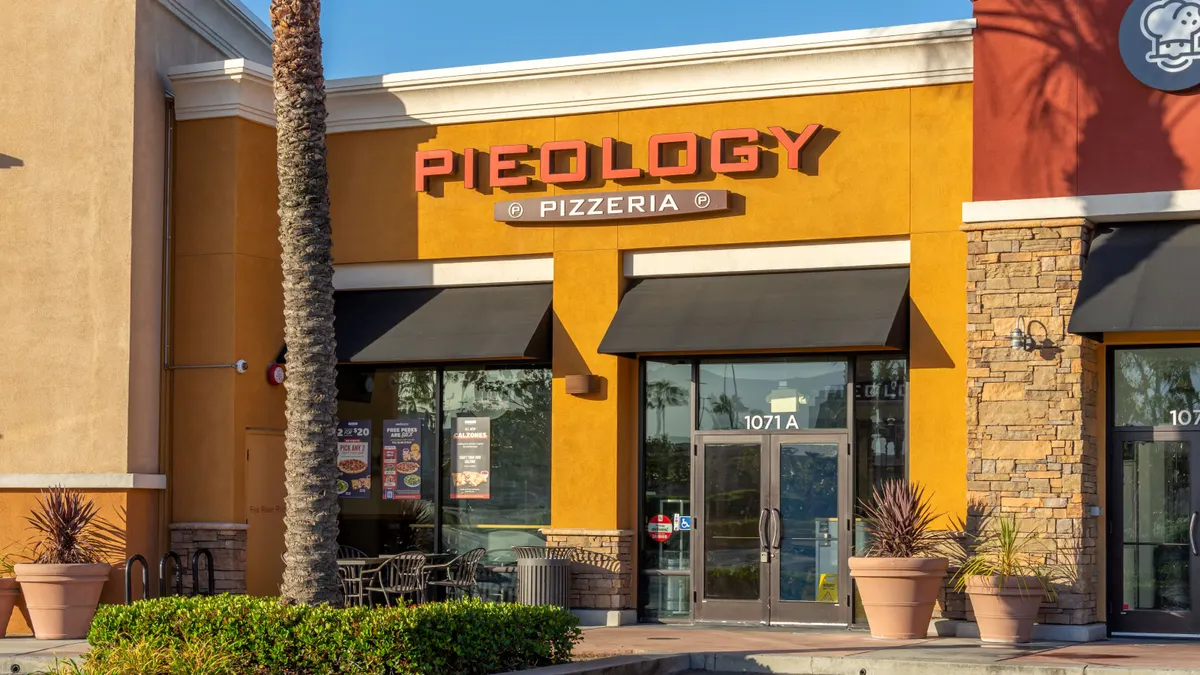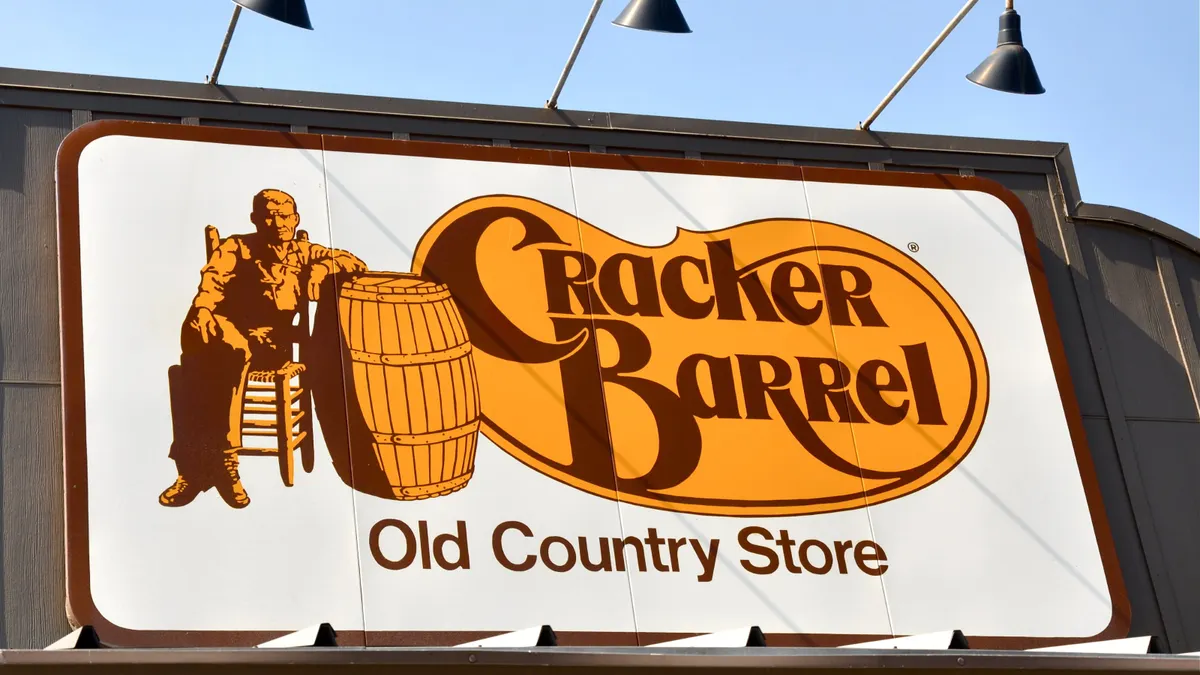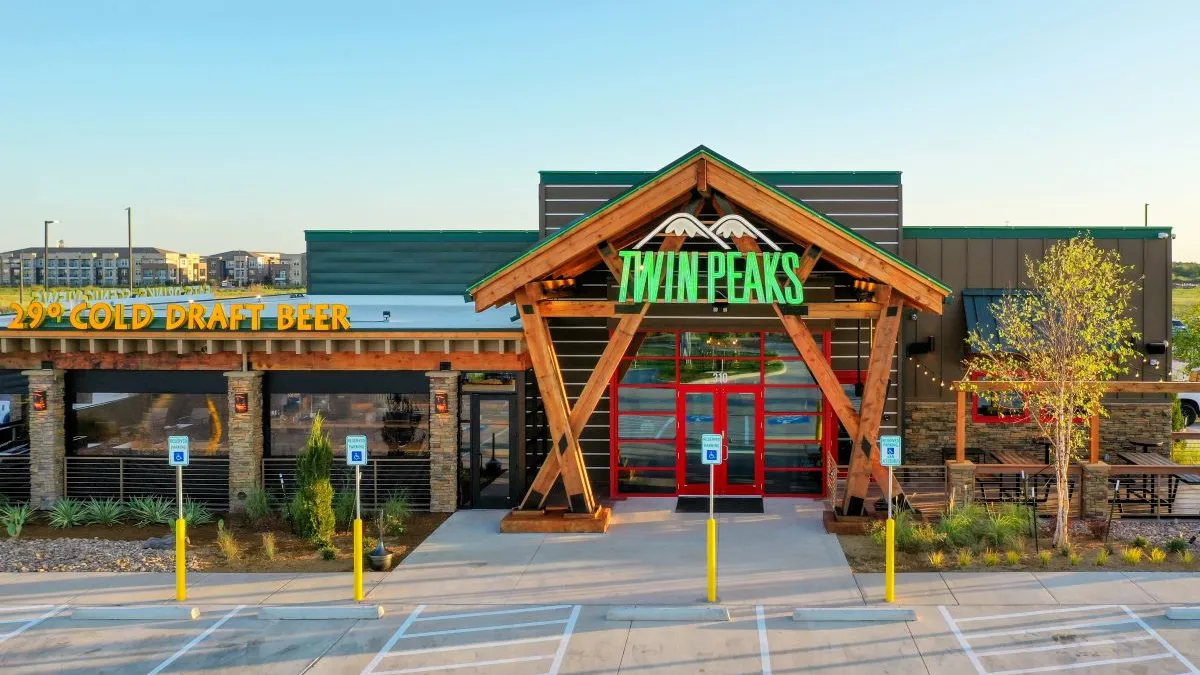Editor’s note: This article has been updated to include a statement from Thai Union Group.
When customers came in droves to gorge on Ultimate Endless Shrimp at Red Lobster, losses piled up despite a boost in traffic. While many blame the ill-fated promotion for pushing the chain into bankruptcy, its financial decline truly began a decade earlier.
With a promise of expanding the chain, Golden Gate Capital bought the chain from Darden Restaurants for more than $2.1 billion in 2014. Then, Golden Gate sold the real estate Red Lobster owned for $1.5 billion in a sale-leaseback deal. Suddenly, a company that had not paid rent now had to pony up for a major additional cost, which was expected to increase 2% each year.
“When that real estate deal took off, that was the beginning of the economics starting to go south,” said Phil Kafarakis, president and CEO of the International Foodservice Manufacturers Association.
According to Red Lobster’s bankruptcy filings, rent cost the chain over $190 million last year, and $64 million went toward underperforming restaurants. The seafood giant also reported a net loss of $76 million and a dwindling cash portion that shrunk from $100 million to less than $30 million in six months, making its leases unaffordable.
Back-to-back management changes also rocked the boat. Red Lobster adjusted to new ownership under global seafood supplier Thai Union Group when it acquired 49% of the chain in 2016 from Golden Gate Capital. Seafood Alliance, an investor group led by Thai Union, bought the remaining stake in 2020. Red Lobster also endured a revolving door of CEOs. The chain said it’s looking into potential misdealings with Thai Union, which allegedly pressured the chain to buy its shrimp as part of the Ultimate Endless Shrimp deal.
It’s not uncommon for an equity holder to also be a restaurant’s supplier, said Jeff Cohen, partner and chair of the Bankruptcy & Restructuring department at Lowenstein Sandler.
“I think the allegations that [Thai Union] exerted undue influence on [Red Lobster] management’s decisions to require a larger supply from them, and perhaps at above market rates, that’s the problem,” Cohen said.
It’s unclear if this dispute could lead to a lawsuit. If Red Lobster can find a replacement supplier with competitive prices, then the chain may sue Thai Union over prior behavior, Cohen said. But if Thai Union is critical to Red Lobster’s supply chain and can’t be easily replaced, the situation “screams of a settlement” because protracted litigation would be too expensive and disruptive to the restaurant’s operations, he said.
“Thai Union has a been a supplier to Red Lobster for more than 30 years, and we intend for that relationship to continue,” a Thai Union Group spokesperson said in an email to Restaurant Dive. “We are confident that a court-supervised process will allow Red Lobster to restructure its financial obligations and realize its long-term potential in a more favorable operating environment. We are aware of the meritless allegations in the Bankruptcy Court pleadings and look forward to a full representation of the facts.”
“If you peel away the soap opera elements of the first-day pleadings, what is clear is that there’s still a business there,” Cohen said. “There’s still a reason for Red Lobster to exist. There clearly are still profitable locations. I just think they need to use a Chapter 11 process to strip the company down to its core profitable locations [and] correct operations, including [operations] related to all Thai Union supply issues.”
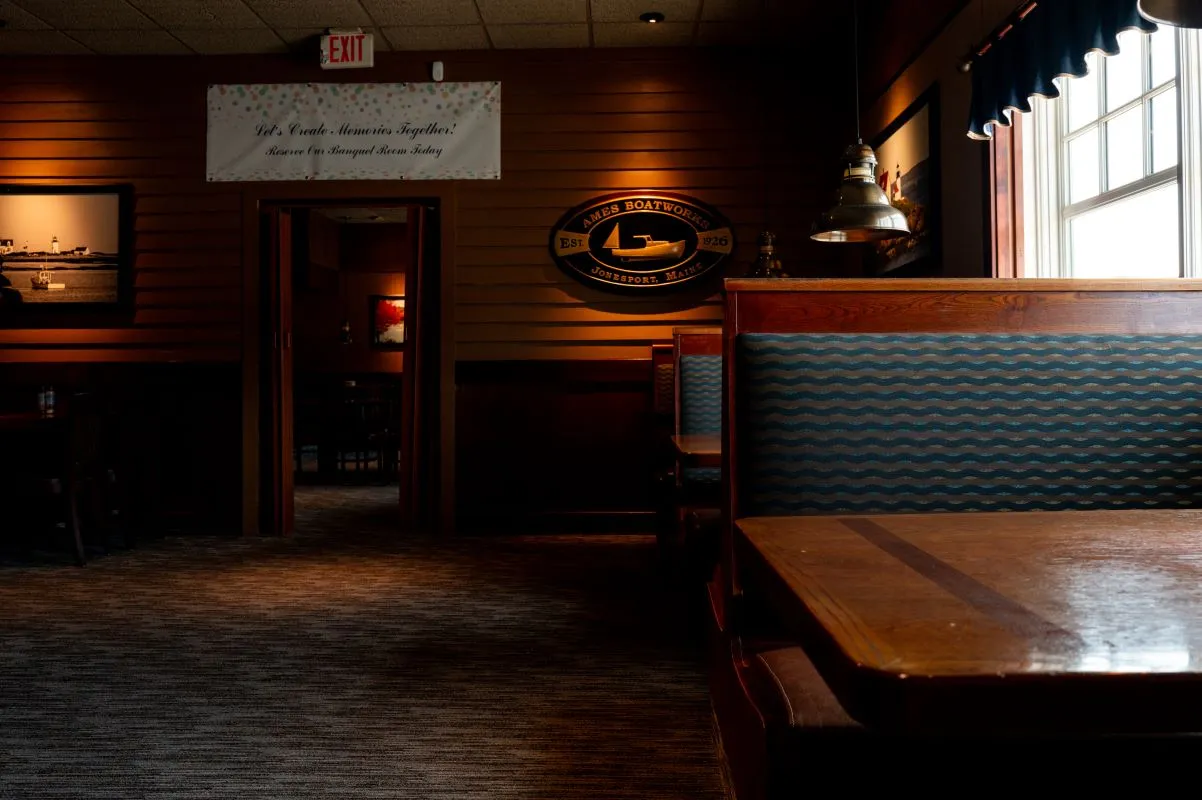
Red Lobster's problems provide some industry warnings
Even though analysts expect more bankruptcies this year, Red Lobster’s downfall isn’t indicative of the overall health of the restaurant sector.
Kafarakis remains bullish on the industry. Operators are quickly adapting to changing consumer dynamics and operating slimmed-down stores, he said, which helps franchisees manage their real estate, income and growth.
“I would be concerned if [Red Lobster] said customers haven’t been showing up, numbers are way down, it’s not sustainable, … but they didn’t say any of that,” Cohen said. “They’re saying people came and essentially ate us out of business.”
Red Lobster was overleveraged and management made poor decisions, Cohen said, adding that its bankruptcy is not illustrative of the state of the industry.
“I don’t think this is a sign of an industry wide thing to come,” Cohen said. “I think it’s a specific situation.”
Red Lobster does provide some warning signs, however.
“Companies are getting to the point where they have to perform without either the benefit of low interest rates or the benefit of COVID dollars that they don’t have to pay back,” said Victor Sahn, partner in bankruptcy and reorganization at Greenspoon Marder.
Bankruptcies will likely hit companies of all sizes, but more likely middle- and large-chains since small restaurants would likely close their doors and liquidate, Sahn said.
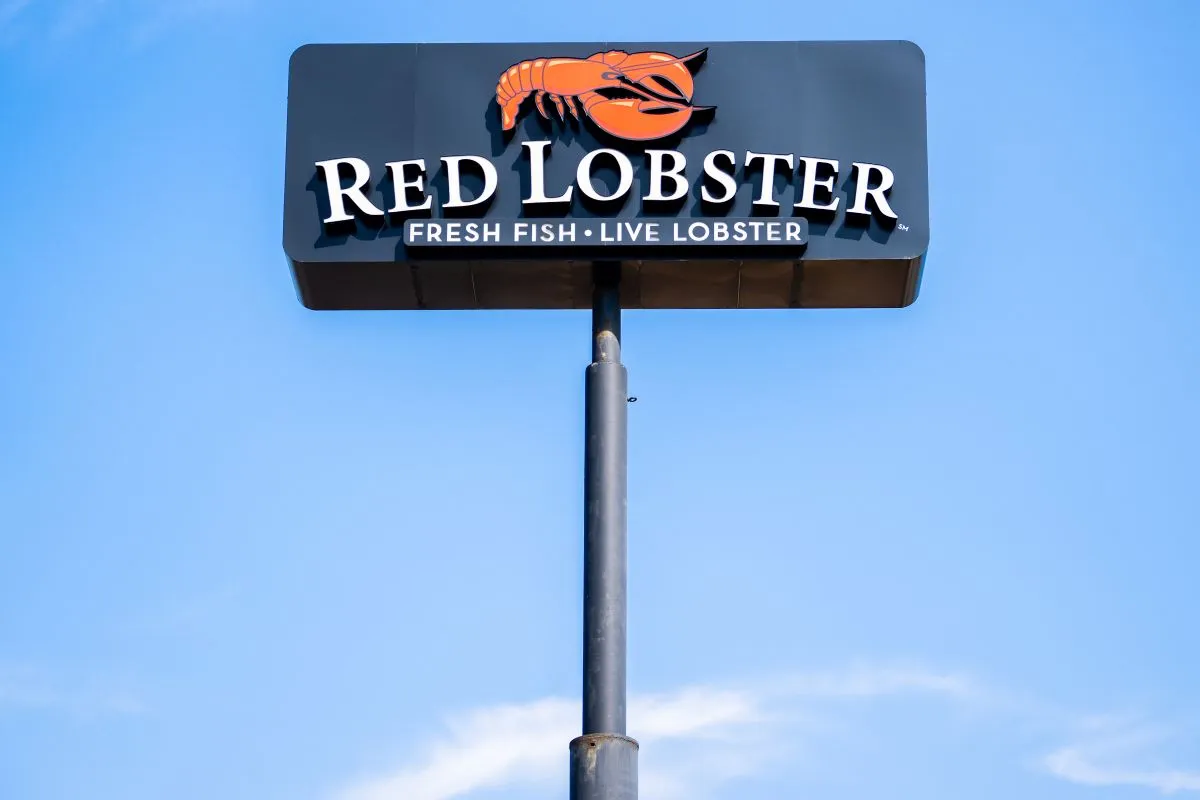
Why bankruptcy was necessary
Prior to filing for bankruptcy, Red Lobster tried to restructure out of court in which its prepetition term loan lenders would own 80% of the company and Thai Union would have a minority stake, but those negotiations were unsuccessful, according to court filings.
Red Lobster was receiving incremental loans of $20 million in incremental working capital, but Thai Union ceased providing capital to Red Lobster earlier this year. Without support from Thai Union, Red Lobster’s lenders no longer would make loans out of court, per court filings.
“With no meaningful ability to raise fresh capital, it became evident that the Company needed to consider a chapter 11 process,” CEO Jonathan Tibus said in court documents. “As a result, the Debtors determined that a comprehensive operational restructuring and value maximizing sale inside of a chapter 11 process would likely be the best possible alternative under the circumstances.”
Red Lobster will come out of bankruptcy with fewer locations, leaner operations and a new owner, per court filings.
Red Lobster also could be looking for ways to trim its menu, assessing its core offering, because the broader the menu, the more suppliers and vendors a chain needs, said Kevin Clancy, global director of CohnReznick advisory's restructuring and dispute resolution practice.
But nothing would be surprising about how Red Lobster looks in the aftermath, Cohen said. Typically during an assessment of a retailer or restaurant chain, locations are put into three buckets: highly profitable locations, bubble locations and unprofitable locations, Cohen said.
A lot will go into what Red Lobster considers at each location, including where the location is and what kind of business it gets. Is it in an office location where lunch traffic has essentially dried up or in a mall location? If it has multiple landlords for several locations, then that would be easier to negotiate leases than having one location at a time, Clancy said.
The bankruptcy process will allow the company to reject a lease, and the landlord would then make a claim within the bankruptcy, Clancy said. Other times, the debtor will try to renegotiate their leases, which can come in handy if a landlord doesn’t feel like it will find someone better to fill the space.
Cohen expects there could be more closures as Red Lobster assesses bubble locations, which could be as many as 100 or more locations. After that second wave of closures, the company would be left with hundreds of highly profitable locations that could succeed with operational changes and cost-savings measures, he said.
As a leaner company, it’s possible that Red Lobster could attract interest from large restaurant portfolio companies, like its previous owner Darden, Cohen said.
It also could attract the interest in Landry’s, which has acquired chains such as Houlihan’s and The Palm out of bankruptcy in the past. Landry’s also owns much of its supply chain so it would be easier to replace a supplier like Thai Union.
“It would not surprise me if one of those large restaurant conglomerates expressed interest,” Cohen said. “It’s just a matter of where the existing lenders are willing to let go of the company and at what price.”
For Sahn, an outside buyer is a possibility but unlikely. Prior to its bankruptcy, Red Lobster hired an investment banker to market the chain for sale, but no one was willing to buy at a price to satisfy the secured debt owed on the assets.
“The chances are slim to none because they’ve already marketed the assets,” Sahn said. “And the result of that marketing was not successful. That’s why they’re proposing that the lender act as the buyer. I think that’s what they thought would happen all along.”
It’s most likely that the secured lender will convert its debt into equity and become the sole owner of the company, Sahn said.
“This is really similar to a lot of cases that have gotten filed in the last five to 10 years where there’s a pre-baked business solution that has been worked out, documented and agreed upon before the bankruptcy is filed,” Sahn said. “The purpose of the bankruptcy is just to effectuate the business plan that they’ve already put tougher and finalized, or nearly finalized before the filing itself took place.”








